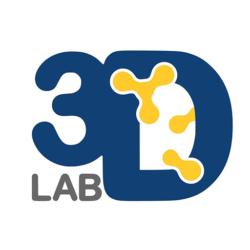Interfacial Tension
The interfacial tension (IFT) has been estimated through experiments, theoretical methods and empirical methods. Although desirable, experiments are very costly and often do not cover the particular conditions found in real applications. Thus, theoretical and empirical methods are the workhorse of the engineer. However, these methods become inaccurate when some component of the mixture has surface activity. This is exactly what happens with the CO2/hydrocarbon/water system. CO2 has a strong interaction with water, reaching concentrations on the surface up to 5 times greater than the bulk concentration.
From the past decade, it was observed that neural networks allow solutions with errors inferior to the empirical methods in predicting IFT, especially in cases where the system presents interfacial activity. In view of the demand of the oil and gas industry for CO2/CH4/Water or Brine interfacial tension values, we provide artificial intelligence models based on neural networks (ANN) to predict the IFT of these systems.
1 – IFT of CO2/CH4/Water or Brine – Two models are available, one for the CO2/CH4/Water system and the other for CO2/CH4/Brine. The models were elaborated from a set of 565 experimental data available in the literature. Training, testing and validation steps for the proposed architectures were implemented. ANNs were calculated as a function of temperature, pressure, the difference in density between the liquid and gas phases, the CO2 concentrations in the mixture and the salt concentration (input variables). The models presented an average absolute relative error of less than 1.7% and were estimated in the ranges of operations described in the table below:
| CO2/CH4/Water | CO2/CH4/Brine | |
| Temperature (K) | 298.15 – 398.15 | 298.15 – 398.15 |
| Pressure (MPa) | 0.10 – 33.4 | 0.10 – 34.64 |
| Density difference (g/cm3) | 0.032 – 1.712 | 0.824 – 4.098 |
| CO2 concentration (mol %) | 0 – 100 | 0 – 100 |
| Salinity (ppm) | – | 1e4 – 2e5 |
Send your operational conditions:
Click here to see instructions.

